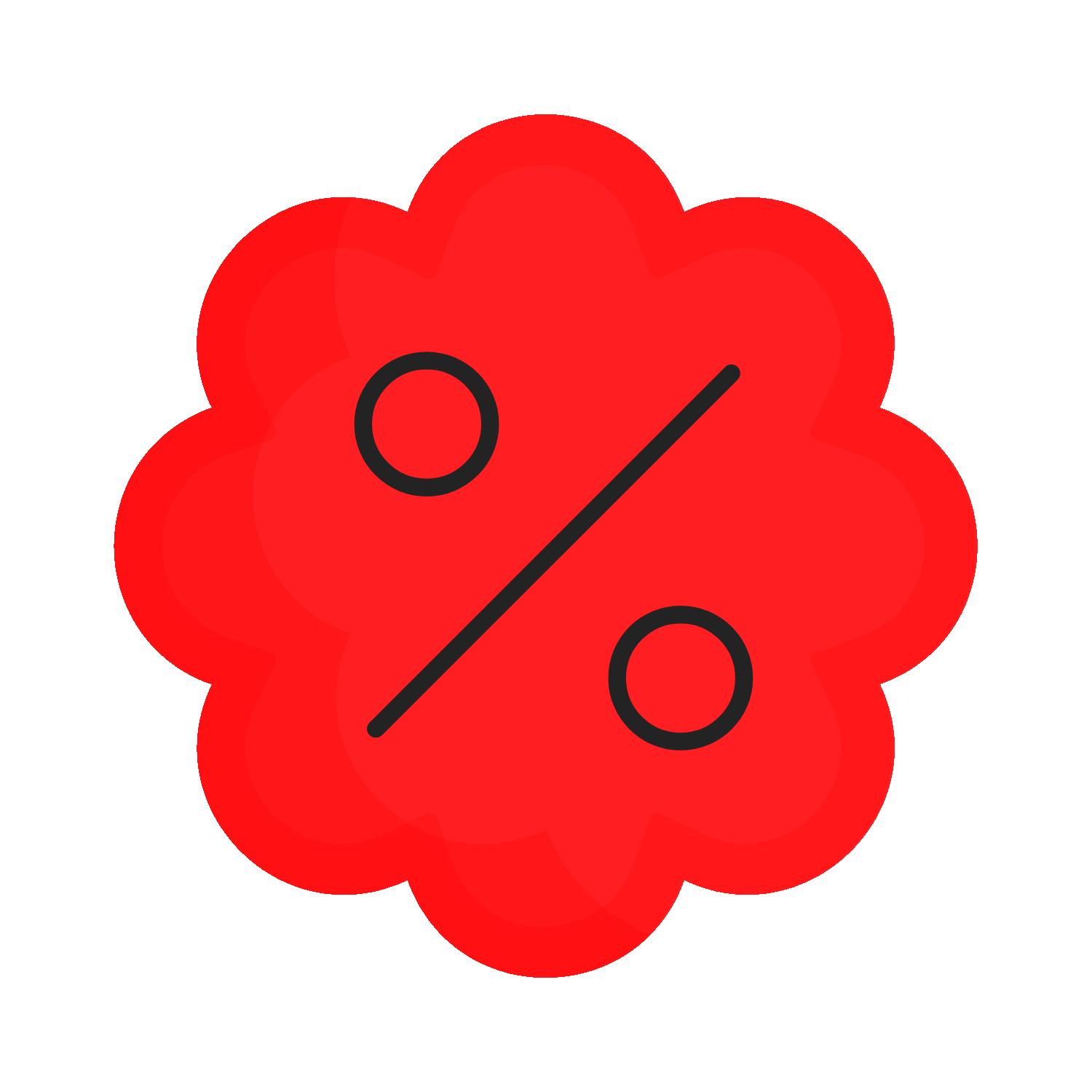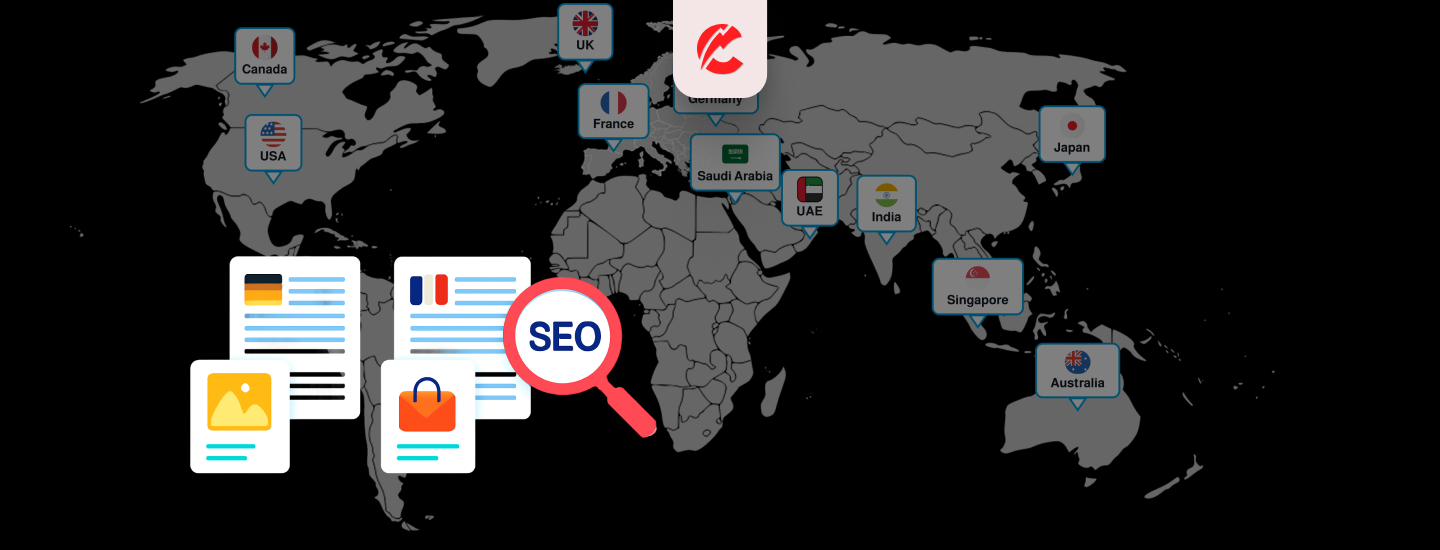A product page that ranks in New York may flop in Sydney. Why? Because regional nuances in language, tone, keywords, and expectations matter — even in English-speaking countries.
Here’s how to craft country-specific Shopify content that connects and converts:
1. Understand Local Search Intent & Phrases
Use tools like:
- Semrush, Ahrefs, or Ubersuggest — for keyword volume by geography
- Google Trends — to compare terms like “trainers” (UK) vs “sneakers” (US)
Tailor SEO based on:
- Product names
- Use cases (“jumper” vs “sweater,” “vest” vs “tank top”)
2. Adjust Tone & Messaging
- US: Bold, benefit-driven, often promotional
- UK: Subtle, cheeky, more informational
- Canada: Balanced tone, bilingual consideration in Quebec
- Australia: Friendly, laid-back, with local slang welcome
3. Use Region-Specific Spelling & Grammar
Examples:
- Color (US) vs Colour (UK, AU, CA)
- Organize (US) vs Organise (UK, AU)
Use Shopify Translate & Adapt to manage country-level content variations.
4. Adapt Measurement Units & Pricing
- US: inches, pounds, Fahrenheit, USD
- UK: cm, kg, Celsius, GBP
- Canada: cm, kg, Celsius, CAD
- Australia: cm, kg, Celsius, AUD
Make sure your product descriptions, size guides, and pricing reflect this automatically.
5. Localize SEO Metadata
Create geo-specific meta titles & descriptions:
- “Best Winter Coats in Toronto” vs “Top Jackets for London Rain”
- Use Yoast for Shopify or Smart SEO for metadata control
Final Thoughts
Localized copy isn’t about rewriting — it’s about resonance. Smart Shopify stores adapt tone, terms, and SEO to speak the local language of their audience — even in English.
Want to rewrite your product pages for different markets? Let CommerceBolt do it for you.













